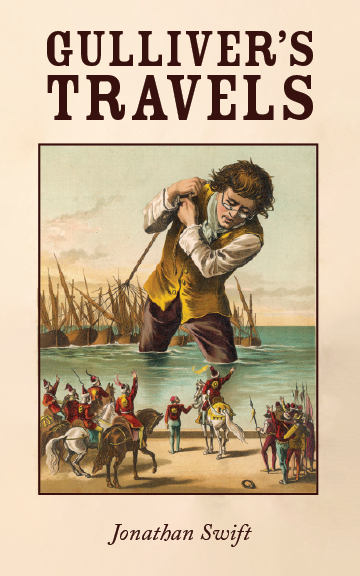Gulliver's Travels
Gulliver's Travels
Embark on a fantastical journey into the extraordinary realms of Jonathan Swift’s “Gulliver’s Travels,” a timeless classic that has captivated readers since its first publication in 1726. Swift, a master satirist, weaves a tapestry of imaginative landscapes and biting social commentary, creating a work that transcends its origins as a children’s adventure to become a profound exploration of human nature and society.
The novel unfolds as Lemuel Gulliver, an intrepid surgeon and sea captain, finds himself shipwrecked in four distinct lands: Lilliput, where he encounters miniature inhabitants; Brobdingnag, a land of giants; Laputa, a floating island inhabited by intellectuals; and the Houyhnhnms’ land, where intelligent horses reign over bestial humans.
Through Gulliver’s encounters, Swift satirizes various aspects of 18th-century European society, including politics, science, and human behavior. The whimsical adventures serve as a vehicle for profound reflections on the foibles of humanity. Swift’s wit and keen observations shine through, offering readers a mirror to their own society and human nature.
“Gulliver’s Travels” endures as a masterpiece of English literature, its layers of meaning making it accessible to readers of all ages. Swift’s combination of humor, fantasy, and incisive social criticism renders this work a perennial favorite, inviting readers to explore its depths and rediscover the relevance of its satirical gaze on the human condition.



